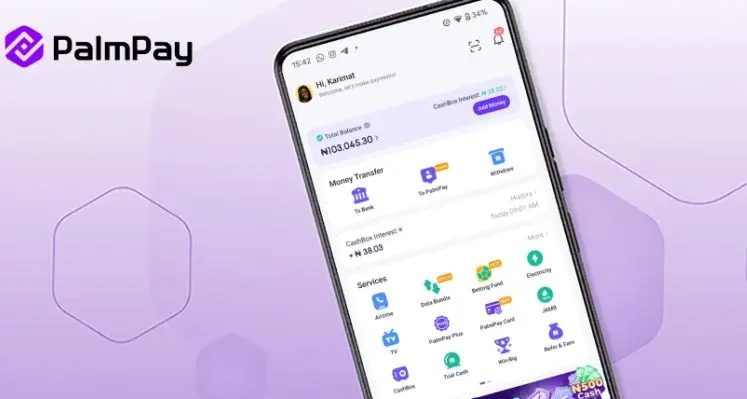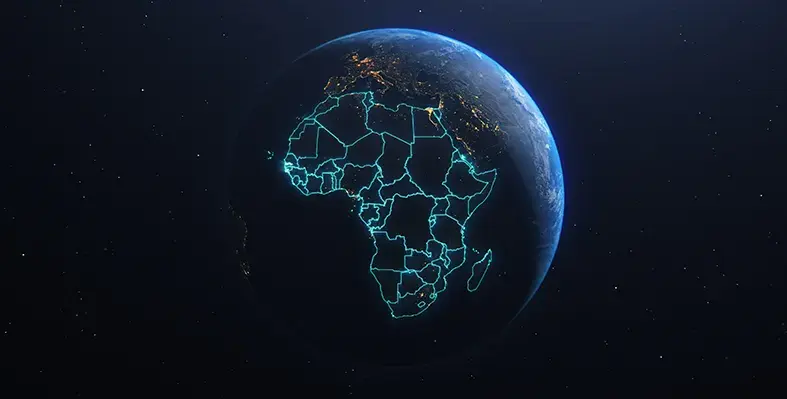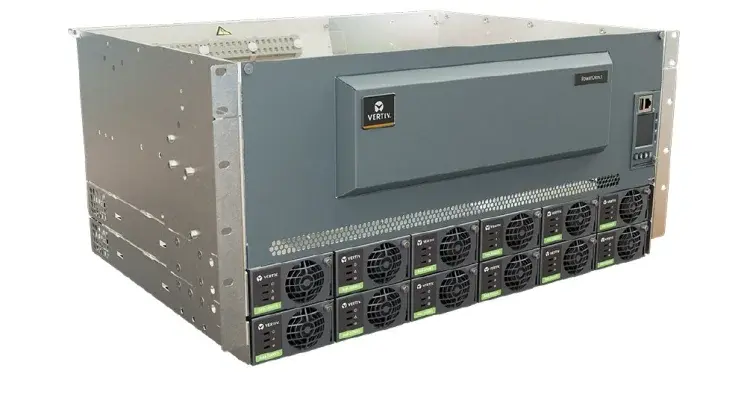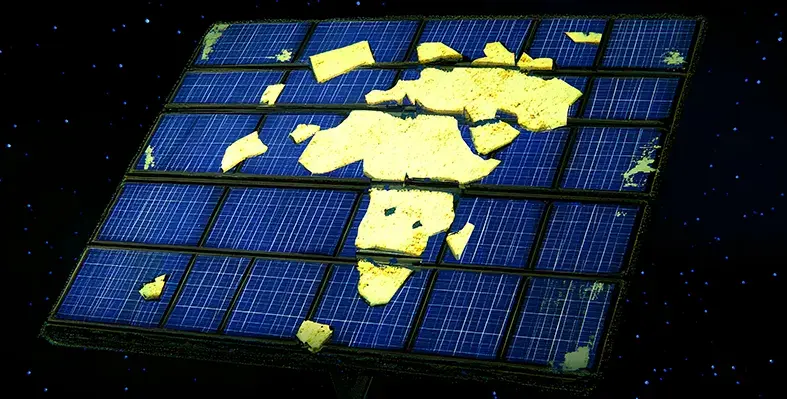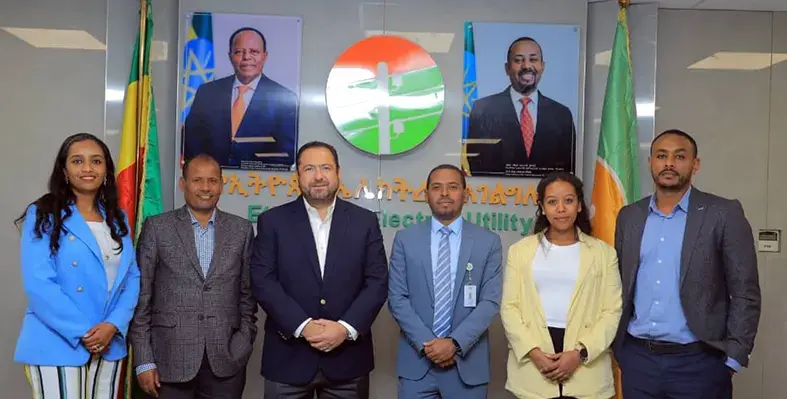Being in the satellite industry, we foresee that we are on the brink of a tipping point in the broadcast industry which signals the beginning of a new era on the continent. And in my opinion, broadcast will eventually generate more revenue than cell phones, writes Ibrahima Guimba-Saidou - SVP Commercial SES Africa
The development of the mobile industry in Africa is one of the success stories of our time. Nigeria is a good example of this. In about the year 2000, Nitel had approximately half a million active landline subscribers with one million on the waiting list. (Nigeria has a population of approximately 150mn people).
During the bidding process for mobile service providers, MTN was awarded its first licence outside South Africa. Projections showed it would break even after a couple of years, but this happened in a matter of months. There was quickly a shortage of SIM cards, and people were queuing to buy them despite a swift cost increase to contain the high demand. This was the starting point of democratising information for the whole population. Infrastructure is required for mobile telecoms and this is where satellite proved its worth. Demand was high and the network had to be deployed quickly – characteristics that mark satellite technology. SES and other operators have deployed supplementary mobile networks in many African countries. Satellite has played an instrumental role in the exponential growth of mobile in Africa.
The success of the mobile industry and the resulting access to information via the deployment of the internet created new demand, where people started demanding more locally relevant information. In many countries, local tv and radio stations have been established where previously licences were restricted to the cities and regional capitals. The nature of the information explosion caused a push to create more local media.
Communication is a basic human need and technology has allowed the previously unconnected population in Africa to access the myriad communication channels enabled by mobile and satellite power. The migration from analogue to digital is having an enabling effect, making much more frequencies available.
For example, in Ghana and Cote d’Ivoire, a good part of the population speaks the same language. Here, this local language will create the demand for content; content will be driven by demand. Technology will allow channels to be set up, driven by demand. There’s now a low barrier to entry. It’s possible to broadcast from a garage, over the internet. Small tv stations will grow up to serve niche markets. They’ll have limited resources but they will play an important role in bringing relevant content to niche markets. Initially this broadcasting will be small, but good local content will follow. Content is very important in the chain of the broadcast business. SES provides satellite capacity – there is a need for content to fill the channels.
The proliferation of Free-To-Air (FTA) and Free-To-View (FTV) channels being broadcast on the African continent will certainly push the creation of local and locally relevant content. (The difference between the two is the fact that the FTV decoder has the flexibility to have further additional encryptions added. All digital tv requires the set top box hardware.)
SES has played a major role in growing the broadcast neighbourhood on the continent via capacity deals with:
East-African pay-TV broadcaster Zuku TV (part of Wananchi Holdings); FTA service from Platco Digital, a sister company of etv in South Africa; and
StarTimes Communication Network Technology, China’s most influential systems integrator, technology provider and network operator and the fastest-growing digital TV operator in Africa.
I foresee that the roll-out of satellite technology will be similar to what happened when the internet first came on stream. At first it was only used for browsing websites, and has now grown to permeate all aspects of human activity. This will be the same for satellite technology as it is deployed more widely – initially it has been used to carry mobile networks and broadcasting, but this will grow and develop through innovations such as SAT-IP, which enables up to eight devices in a home to share the same TV feed. The fields of health, agriculture and education also represent areas which could greatly benefit from satellite technology, providing remote rural areas access to best practice care and information. The possibilities are indeed inspiring.







